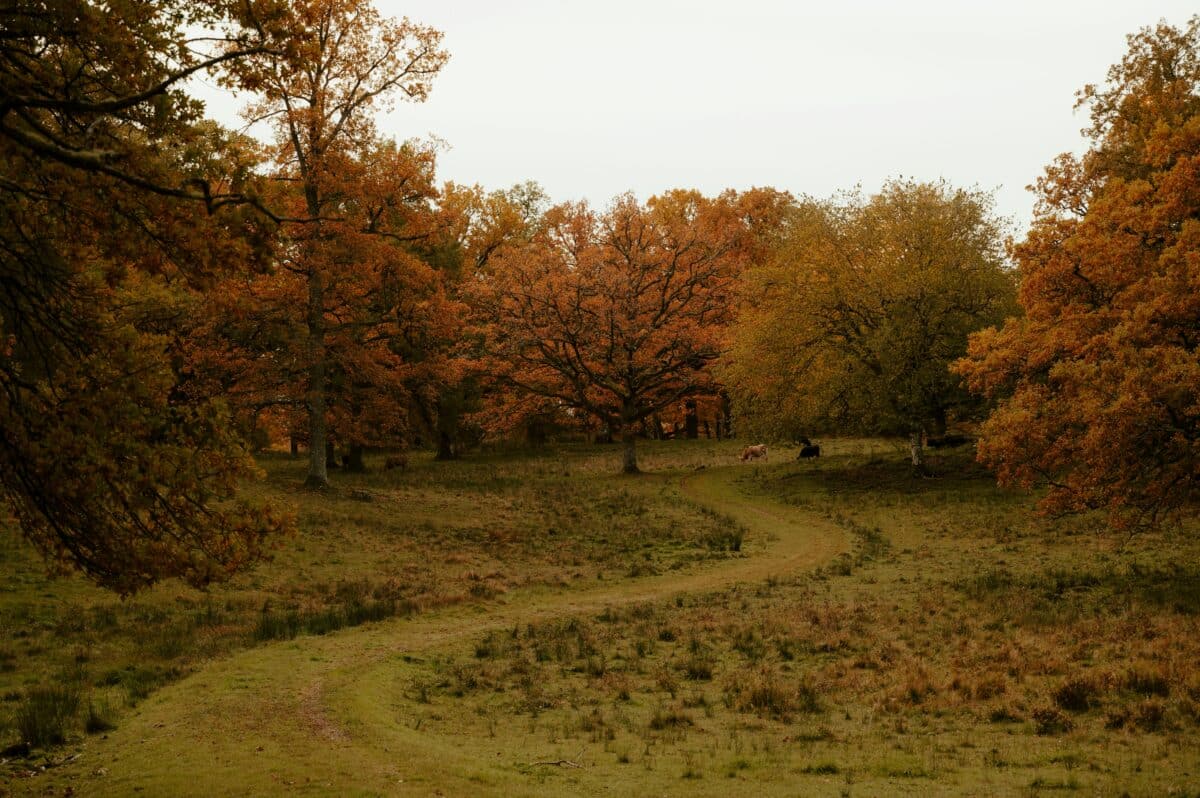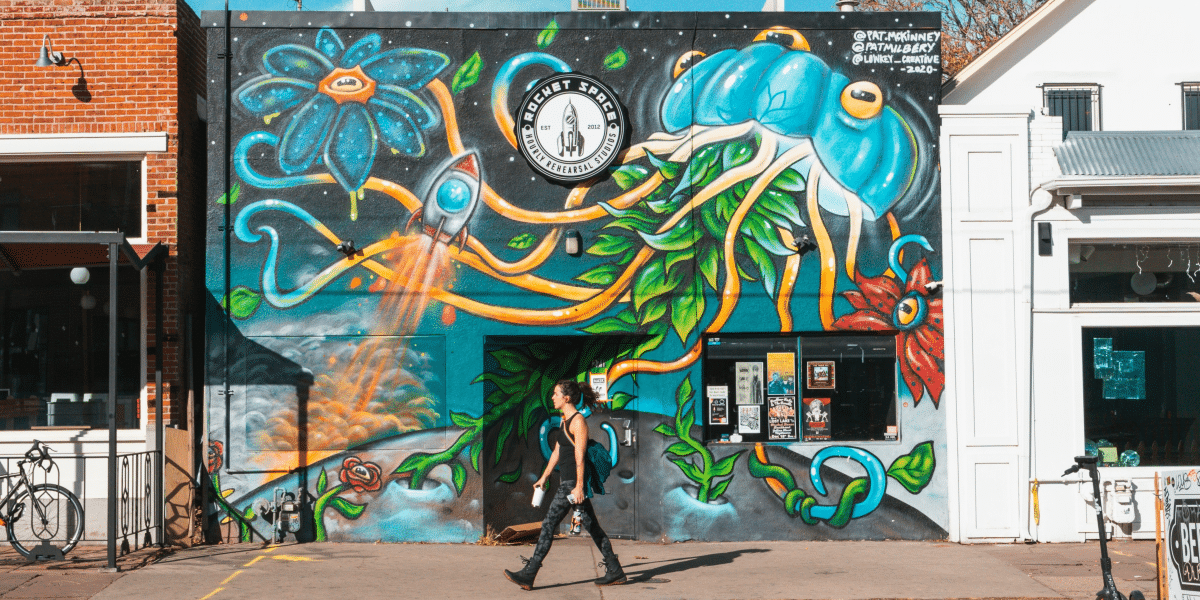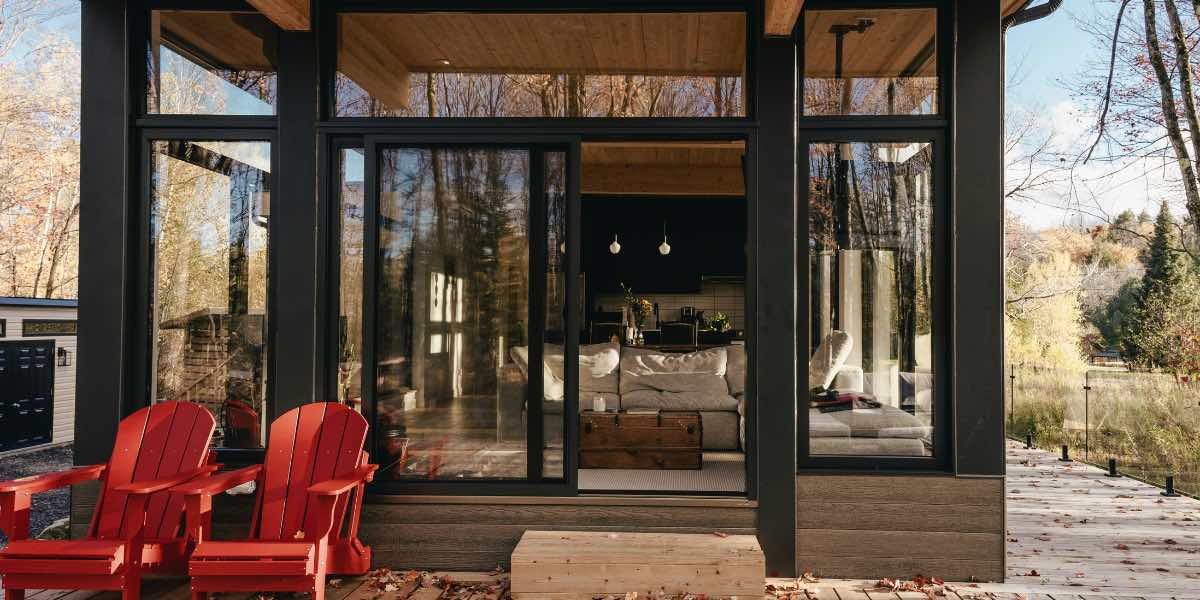Evolution of Parenting: A Shift Towards Gentle and Holistic Methods
The way children are raised has undergone notable changes over the years, with a growing interest in gentle and holistic approaches to parenting. While traditional methods often emphasized authority and discipline, a more recent shift has focused on creating stronger emotional connections, fostering empathy, and taking a more well-rounded approach to child development. This evolving perspective in parenting highlights a desire to nurture not just the child’s behavior but also their emotional, mental, and physical well-being.
This shift has gained traction as research into child development and the impact of various parenting methods continues to expand. A deeper understanding of how children grow and learn has led to a rethinking of old practices, encouraging parents to explore ways that might help their children thrive in more balanced and supportive environments.
Read also: How to Choose the Right Educational Path in Denver
What Are Gentle Parenting Methods?
Gentle parenting is a method that emphasizes empathy, respect, and understanding. Rather than focusing on controlling a child’s behavior through punishment or strict discipline, this approach encourages parents to focus on nurturing the emotional needs of their children. By fostering positive communication and creating a safe, supportive environment, gentle parenting aims to help children develop healthy emotional regulation and interpersonal skills.
A key principle of gentle parenting is positive discipline, which encourages teaching rather than punishing. Instead of using punitive measures to stop undesirable behavior, gentle parents aim to understand the underlying reasons for that behavior. For instance, a child who is acting out may be doing so because they feel unheard or overwhelmed, rather than because they are being willfully defiant. By addressing these emotional triggers, parents can help children learn how to handle their emotions and make better choices.
This approach encourages parents to be more reflective about their own behavior and responses, aiming to model empathy and understanding. Children raised in such an environment may feel more secure and supported, which could lead to increased emotional resilience and a stronger sense of self-worth.
The Role of Holistic Parenting
Holistic parenting takes a broader view of child-rearing, considering all aspects of a child’s development—physical, emotional, mental, and spiritual. This method aims to create balance in the child’s life by recognizing the interconnectedness of these various domains. Holistic parenting tends to incorporate practices that promote well-being in multiple areas, such as healthy eating, emotional awareness, and mindfulness.
At the core of holistic parenting is the belief that children thrive when they are treated as whole individuals, rather than simply focusing on their academic or behavioral achievements. Parents who adopt a holistic approach may encourage creativity, independence, and problem-solving, helping their children grow into well-rounded individuals who are not solely defined by conventional measures of success, such as grades or standardized tests.
In many ways, holistic parenting aligns with the idea that childhood is a time for exploration and learning, not just structured routines. By encouraging play, self-discovery, and a connection to nature, holistic parenting aims to help children build confidence, develop critical thinking skills, and cultivate a deeper sense of empathy for others.
Why Do Parents Choose Gentle and Holistic Methods?
The shift towards gentle and holistic parenting can be seen as a response to both research and societal changes. As understanding of child development deepens, many parents are reconsidering the traditional, more authoritative models of raising children. Growing awareness of the negative effects that punishment-based discipline can have on children has encouraged some to explore alternatives that may support healthier emotional growth.
A deeper understanding of the importance of attachment and emotional connection has also played a significant role. Attachment theory, for instance, suggests that early, secure bonds between parents and children are essential for emotional development. This understanding has led to a greater emphasis on forming positive relationships with children, where open communication and emotional availability take precedence over control or punishment.
As mental health discussions become more widespread, parents are increasingly interested in methods that promote emotional well-being. Gentle and holistic parenting methods often include a focus on emotional intelligence, helping children understand and manage their feelings, which can contribute to stronger social and emotional skills later in life.
How Do Gentle and Holistic Parenting Methods Influence Child Development?
Children raised in an environment where gentle and holistic methods are practiced may experience several potential benefits. One notable area of impact is emotional regulation. By prioritizing empathy and open communication, children may develop a better understanding of their own emotions, as well as how to express and manage them in healthy ways. This can lead to better decision-making and stronger interpersonal relationships.
Another potential benefit is the development of self-esteem. Children who are consistently treated with respect and understanding are often more confident in their own abilities. Gentle and holistic parenting encourages children to explore their interests and talents, which can help them build a positive self-image.
Holistic parenting also encourages children to engage with the world around them in a thoughtful way. The emphasis on mindfulness, sustainability, and respect for nature can help foster a deeper connection to the environment and other people. By integrating these values into daily life, children may develop a more well-rounded perspective and become more compassionate and responsible individuals.
What Challenges Come with Gentle and Holistic Parenting?
While many parents find the principles of gentle and holistic parenting appealing, the approach is not without challenges. One of the potential difficulties is that it requires a significant amount of patience, time, and emotional energy. For parents who are juggling work, personal commitments, and child-rearing, it may be difficult to consistently apply these practices. The level of involvement required can sometimes feel overwhelming, particularly in the early stages of adopting these methods.
Another consideration is that gentle and holistic parenting can sometimes conflict with societal expectations. In many cultures, traditional methods of discipline, such as using authority or setting strict boundaries, are still seen as the norm. Parents who embrace gentler approaches may face criticism or pressure from others who view these practices as too permissive or indulgent.
The lack of a one-size-fits-all solution can also be a challenge. What works for one child might not work for another, and gentle or holistic methods often require adjustments depending on the individual child’s temperament and needs. Parents must be prepared to adapt and find the strategies that work best for their specific circumstances.
Read also: Family Entertainment in Denver for All Ages
Looking Toward the Future of Parenting
The evolution of parenting is an ongoing process, and while gentle and holistic methods have gained popularity, they may continue to evolve as new research and societal attitudes emerge. There is increasing recognition that each child is unique and that a one-size-fits-all approach may not always be effective. Parents are encouraged to find methods that resonate with their values and that best suit their child’s individual needs.
In the future, the focus may continue to shift toward creating nurturing environments that prioritize emotional intelligence, mindfulness, and holistic well-being. This shift may encourage a more compassionate and balanced approach to child-rearing, with the understanding that both children and parents benefit from healthier emotional connections and more intentional parenting practices.
As more parents explore and adopt these approaches, the future of parenting may look very different from the traditional models that have shaped past generations. The key to success may lie in integrating these new methods with the evolving needs of children, fostering an environment where both children and parents can thrive.











